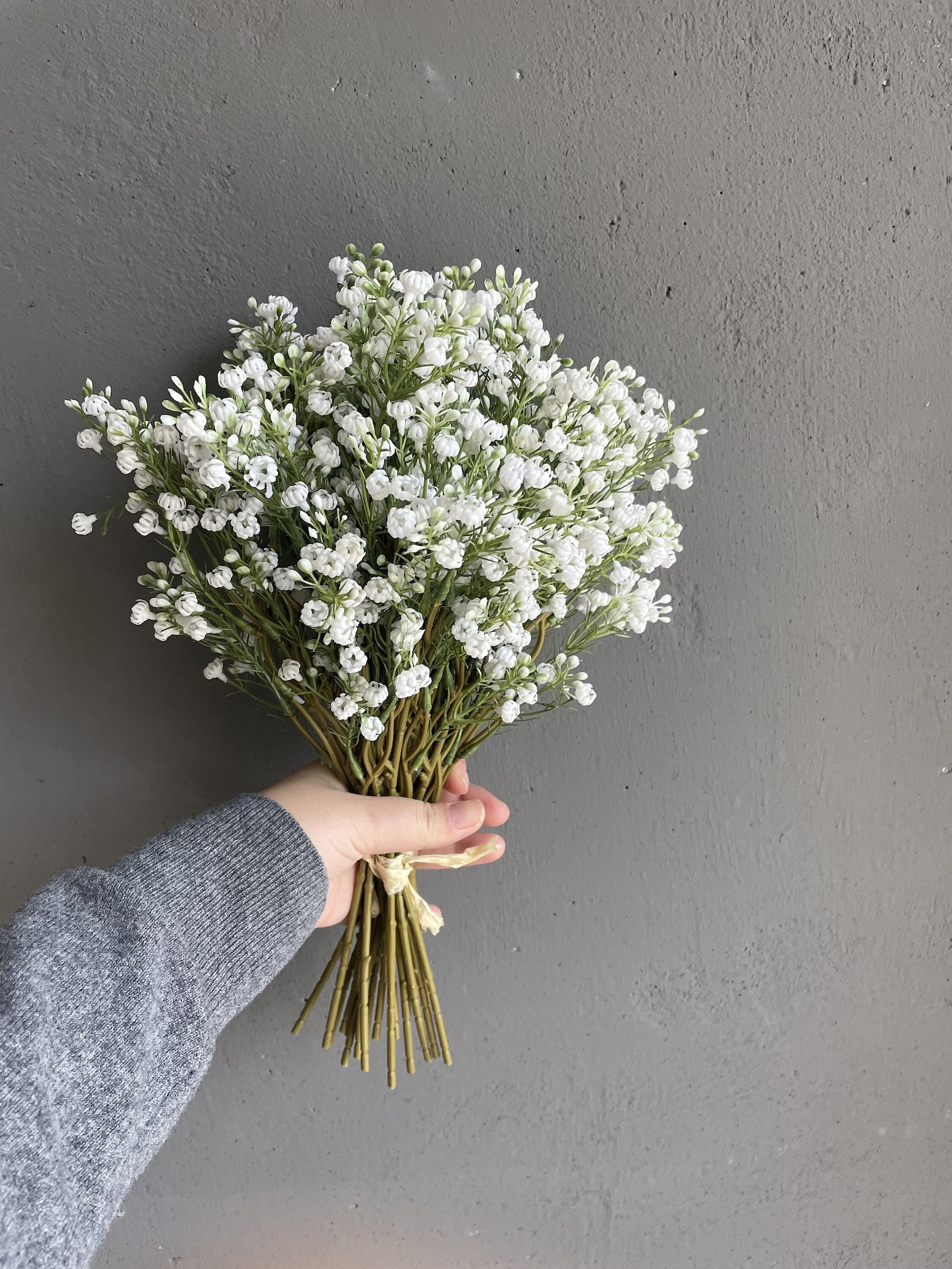How to Use Compost Correctly? A Complete Beginner’s Guide 2025
Introduction to Compost
What is Compost?
Compost is decomposed organic matter from kitchen scraps, garden clippings, leaves, and other biodegradable materials. It's often called “black gold” because it can enrich soil, promote plant growth, and reduce the need for chemical fertilizers.
Through natural decomposition processes involving microbes, heat, and moisture, compost turns waste into nutrient-rich humus that's ready to nurture plants.

Benefits of Using Compost
Using compost can significantly improve your garden in multiple ways:
-
Improves soil structure – making it looser and better for root development.
-
Enhances moisture retention – reducing the need for frequent watering.
-
Boosts soil nutrients – releasing them slowly to support steady plant growth.
-
Reduces waste – keeping organic materials out of landfills.
-
Supports beneficial microbes – which help break down nutrients and fight diseases.
Jump To
1. Understanding the Lifespan of Compost
Does Compost Expire or Go Bad?
While compost doesn’t “expire” like food, its effectiveness can decline if stored improperly. Well-maintained, finished compost can last for up to a year or longer. However, if left exposed to rain, sun, or poor air circulation, it may become anaerobic, smelly, or even moldy.
How to Store Compost Properly
To keep compost usable:
-
Store it in a dry, shaded place.
-
Use a breathable container like a home electric composter.
-
Avoid soaking it; too much water can kill beneficial microbes.
-
Cover outdoor compost piles with a tarp to prevent nutrient leaching.

2. How to Use Compost in Your Garden
Preparing Your Garden for Compost
Before applying compost, make sure compost is completely finished and mature, then, clear the area of weeds and debris. Loosen the topsoil with a garden fork or hoe to help compost mix in easily.
How do you know if your compost is ready to use? Please jump to What does finished compost look and smell like?.
How to Use Compost in Garden Beds

Compost can be used in two main ways:
Best Time to Add Compost
-
Spring: To prep soil before planting.
-
Fall: To enrich beds and protect them over winter.
Surface Application vs. Tilling In
-
Surface Dressing: Spread 1–2 inches of compost over your beds and let rain or irrigation carry nutrients down.
-
Tilling In: Mix compost into the top 6–8 inches of soil for quicker integration.

GEME, the Best Biowaste Composter
✅ Large Capacity 19L, Quiet, Odourless
✅ Quick (6-8 hours), Microbes Compost, Full Compost
✅ 30-Day Risk-Free Trial, One Year Warranty
3. How to Add Compost to Soil the Right Way
Methods to Mix Compost with Soil
-
Top dressing: Spread compost on top and leave it undisturbed.
-
Soil-blending: Mix compost with garden soil in a 1:2 or 1:3 ratio.
-
Trench composting: Dig narrow trenches and fill with compost for deep soil feeding.
How Often Should You Add Compost?
-
Gardens: Once or twice a year.
-
Flower beds: Once each spring.
-
Heavy feeders (like tomatoes): Add compost every 6–8 weeks.
4. Using Compost in Raised Beds
How Much Compost for Raised Bed Gardening
Use about 25–30% compost in your raised bed mix. For example, if your bed is 10 inches deep, add 2–3 inches of compost on top or mix it throughout the bed.

Mixing Compost with Other Amendments
Compost works well when combined with:
-
Coconut coir or peat moss (for moisture retention)
-
Vermiculite or perlite (for drainage)
-
Worm castings (for added nutrients)
5. Compost for Potting Soil and Plants
How to Use Compost for Potting Soil
Mix compost with store-bought potting mix in a 1:3 or 1:4 ratio. Avoid using 100% compost—it’s too rich and may cause root burn.
Compost Ratios for Container Gardening
-
Vegetables: 25% compost, 50% potting mix, 25% perlite.
-
Houseplants: 10–20% compost mixed with regular soil or potting blend.

6. Adding Compost to Lawns
Top Dressing Your Lawn with Compost
Sprinkle a thin layer (¼ to ½ inch) of screened compost over the entire lawn. This improves soil structure, encourages microbial activity, and boosts grass health.
Tips for Even Spreading
-
Use a compost spreader or shovel and rake combo.
-
Water lightly after applying to help compost settle.

7. Common Compost Using Mistakes to Avoid
Overusing Compost
Too much compost can lead to:
-
Nitrogen burn
-
Nutrient imbalance
-
Excessive salt buildup
Always follow recommended ratios, especially for potted plants and lawns.
Using Unfinished Compost
Unfinished compost can rob your soil of nitrogen. If it smells sour or has large recognizable chunks, let it decompose longer. Also, unfinished or unmature compost can be a great place for flies, mold, and pests.
8. Best Tools and Techniques for Applying Compost
Tools for Spreading Compost
-
Shovel
-
Rake
-
Compost spreader
-
Wheelbarrow
-
Tarp (for easy movement and cleanup)
Safety Tips When Handling Compost
-
Wear gloves and a mask if dusty.
-
Wash hands after use.
-
Avoid breathing in mold spores from old compost piles.

9. Compost and Soil Health: The Science Behind It
How Compost Improves Soil Structure and Microbiology
Compost:
-
Increases porosity
-
Supports beneficial microbes and fungi
-
Enhances root penetration
-
Improves cation exchange capacity (CEC)
Nutrient Release Timeline of Compost
Compost doesn’t release nutrients all at once. Instead, it:
-
Begins feeding immediately
-
Continues releasing nutrients for 6–12 months
-
Helps retain nutrients in the root zone

10. Seasonal Guide to Compost Application
Spring
-
Use to boost beds before planting.
-
Add compost tea for seedlings.
Summer
-
Apply light compost layers around veggies.
-
Replenish pots as needed.
Fall and Winter
-
Add compost as mulch.
-
Prep beds for spring crops.

People Also Ask About Using Compost Correctly
1. Can you use too much compost?
Yes. Overapplication can lead to nutrient imbalances, poor plant growth, and environmental runoff.
2. How long should compost sit before using?
At least 24 hours when using GEME microbial composter (at least 2-6 months using traditional composting methods). Finished compost should be dark, crumbly, and earthy-smelling.
3. Is compost good for all plants?
Mostly yes, but avoid high amounts for acid-loving plants unless the compost is pH-neutral.
4. Should compost be mixed or laid on top?
Both methods work. Top dressing is easy; mixing is better for fast results.
5. Can compost replace fertilizer?
It can reduce the need for chemical fertilizers, but some plants still benefit from added nutrients.
6. What does finished compost look and smell like?
Dark brown or black, crumbly, and smelling like fresh earth—not sour or rotten.
Conclusion: Transform Your Garden with Compost
Using compost correctly can turn ordinary soil into a nutrient powerhouse that promotes healthier plants, fewer pests, and better harvests. From garden beds to potted plants and lawns, this “black gold” is nature’s original fertilizer—and your garden’s best friend.
Related Articles
Sources
-
Earthmatter.org https://earthmatter.org/wp-content/uploads/2016/08/tip-sheet-how-to-use-compost-cpts-htuc-f.pdf
-
NRDC.org: How to use compost
-
Oregonstate.edu: https://extension.oregonstate.edu/catalog/em-9308-how-use-compost-gardens-landscapes
Ready to transform your gardening game? Subscribe to our newsletter for expert composting tips and sustainable gardening advice.
